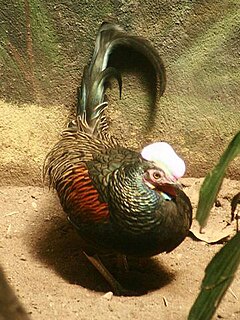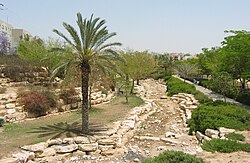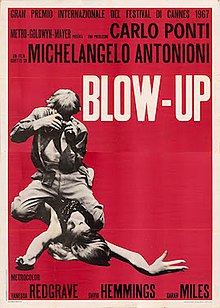Twinkies were invented in Schiller Park, Illinois in 1930 by James Alexander Dewar, a baker for the Continental Baking Company. Realizing that several machines used to make cream-filled strawberry shortcake sat idle when strawberries were out of season, Dewar conceived a snack cake filled with banana cream, which he dubbed the Twinkie. He said he came up with the name when he saw a billboard in St. Louis for "Twinkle Toe Shoes". During World War II, bananas were rationed and the company was forced to switch to vanilla cream. This change proved popular, and banana-cream Twinkies were not widely re-introduced. The original flavor was occasionally found in limited-time promotions, but the company used vanilla cream for most Twinkies. In 1988, Fruit and Cream Twinkies were introduced with a strawberry filling swirled into the cream. However, the product was soon dropped. Vanilla's dominance over banana flavoring would be challenged in 2005, following a month-long promotion of the movie King Kong. Hostess saw its Twinkie sales rise 20 percent during the promotion, and in 2007 permanently restored the banana-cream Twinkie to its snack lineup.
In January 2012, Twinkie manufacturer Hostess filed for Chapter 11 bankruptcy protection. Twinkie sales for the year ended December 25, 2011 were 36 million packages, down almost 2% from a year earlier. Hostess said customers have migrated to healthier foods. In November 2012, Hostess announced that is was ceasing production of all its products and liquidating all assets, but it hopes to be able to sell its more popular brands to other manufacturers.
A common urban legend claims that Twinkies have an infinite shelf life or can last unspoiled for a relatively long time of ten, fifty, or one hundred years due to chemicals used in production. This urban legend is false, although Twinkies can last a relatively long time (25 days or more) because they are made without unstabilized dairy products and thus spoil more slowly than most bakery items. In reality Twinkies are on the shelf for a short time, a company executive told theNew York Times in 2000 that the "Twinkie is on the shelf no more than 7 to 10 days."





























